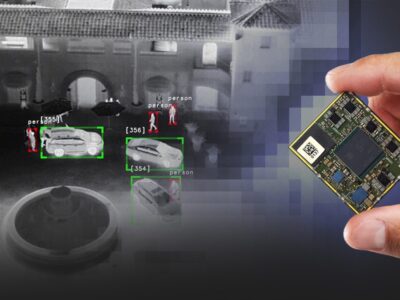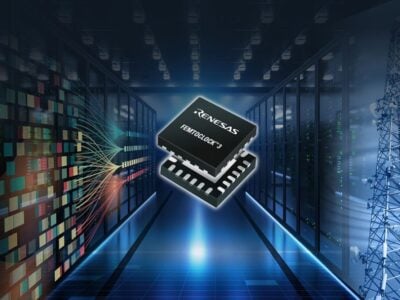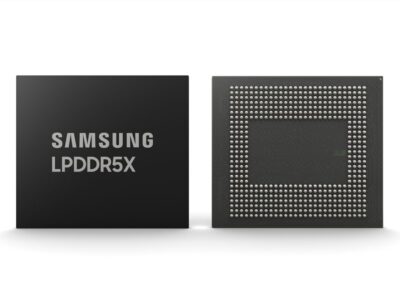
Low power GNSS module ideal for automotive and wearable designs
The A5100-A is suitable for applications including wearable devices, cameras and automotive trackers. It is the first release in Maestro’s new line of GNSS receivers, and achieves high levels of accuracy with quad-constellation support, up to 30% faster Time-To-First-Fix (TTFF), and up to 20% lower power consumption using CSR’s TricklePower and Push-to-Fix (PtF) modes.
The module reduces development risks by integrating a number of features including, TCXO, SAW filter, RTC, antenna control mechanism, and flash memory for future-proof upgrades, as well as, offering a drop-in replacement capability for Maestro’s previous SiRFstar4 generation modules. The castellated edge form factor also enables simpler manufacturing and reduces assembly cost.
Supporting all currently deployed GNSS, the A5100-A acquires and tracks all visible GPS, GLONASS, QZSS, and SBAS satellites. Concurrent GNSS performance enables the A5100-A to choose the best satellites from different constellations and deliver optimal location information. Immediate benefits are better coverage, enhanced stability and accuracy in difficult environments, such as urban canyons, and stronger resilience to multipath and signal jamming. This ensures consumers maintain a position fix whether they’re in the middle of a busy city or in a remote rural location.
Direct to Battery connectivity enables the device to connect directly to a rechargeable 1.8 V to 3.6 V Lithium battery enabling system cost reduction and increased power efficiency.
CSR’s PtF technology optimises the A5100-A for low power consumption. PtF rapidly establishes a valid position fix enabling the module to hibernate for longer periods of time, and adaptively changes power depending on the operating environment and motion conditions. Advanced algorithms and a powerful on-chip DSP processor maintain high accuracy (QoS) while achieving the lowest power level possible for the given environmental and motion conditions. Further, the A5100-A employs InstantFix Extended Ephemeris (EE), which accelerates TTFF for devices without internet connectivity such as cameras and wearable devices, by autonomously predicting EE for as long as three days and up to 31 days when connected to a network that supports SiRFInstantFix server-generated extended ephemeris data (SGEE).
Samples and evaluation kits are now available from Digi-key, Mouser and RichardsonRFPD.
 If you enjoyed this article, you will like the following ones: don't miss them by subscribing to :
eeNews on Google News
If you enjoyed this article, you will like the following ones: don't miss them by subscribing to :
eeNews on Google News




